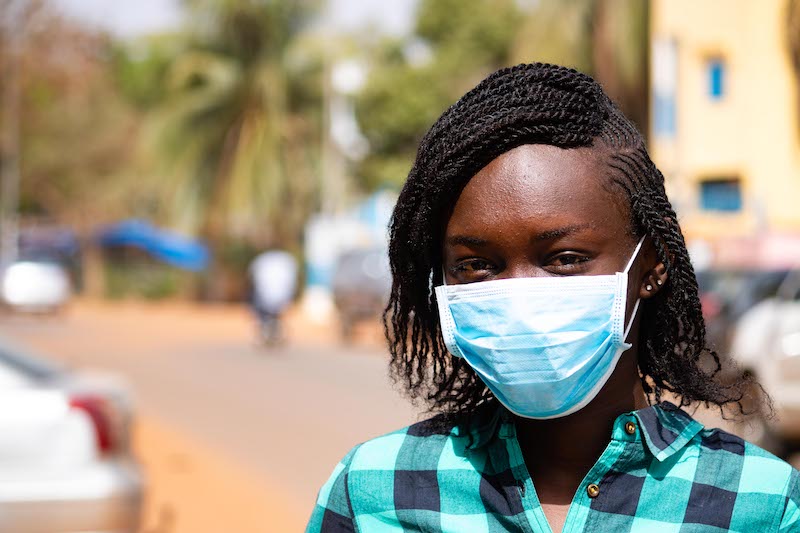
The Covid-19 pandemic and its related lockdowns and restrictions have contributed to increased risk of violence in the home. While the scale of the pandemic and the public health measures to curb it are unprecedented, evidence from previous disease outbreaks (such as Ebola) has shown that violence tends to increase during and after health crises.
How does the pandemic increase risk of violence in the home?
- The pandemic increases stress due to economic or job insecurity, lack of childcare, school closures, over-crowded settings, and social isolation, which in turn increase risk for violence in the home. Stress and confinement can also result in increased use of alcohol and other substances, which are risk factors for violence.
- Lockdowns and stay-at-home measures mean that women, children, older people, and people with disabilities who were already in abusive relationships are spending more time or have greater exposure to their abusers.
- Access to informal (e.g. friends, relatives, teachers) and formal (e.g. hotlines, shelters, protection services) support networks and services, as well as prevention programmes, is more limited.
The pandemic also presents unique challenges for groups working on violence due to funding constraints, staff care responsibilities, difficulties in transitioning to remote work, and of course, illness and loss. Still, many have been able to adapt their work to new, creative modalities.
On this page, you can find resources about gender, violence, and Covid-19, including resources on programming, research, and self- and collective care.
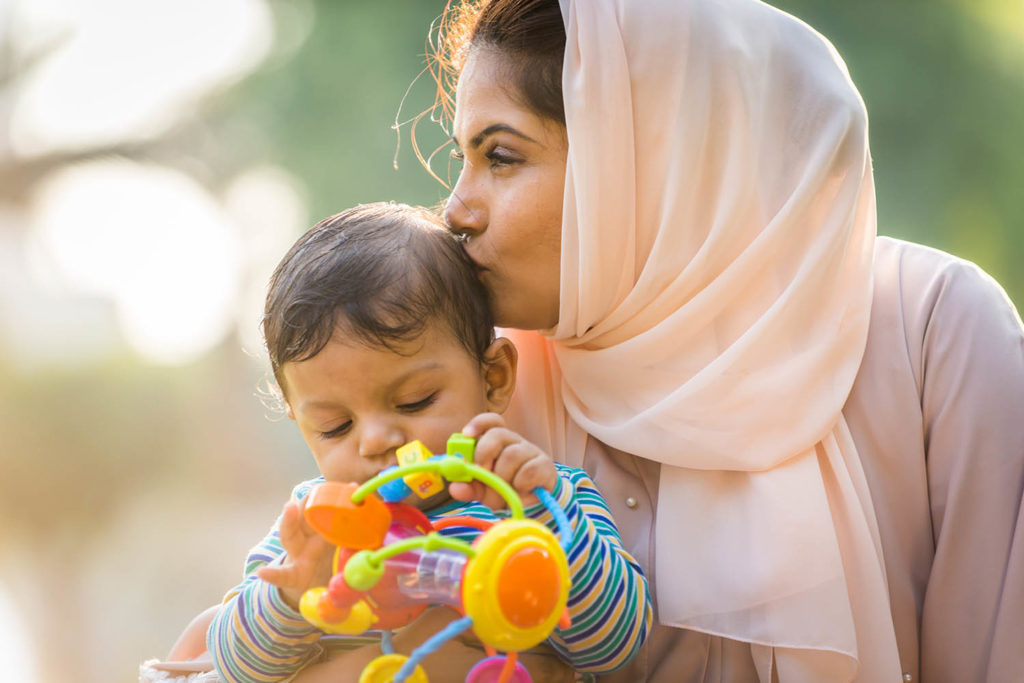
Violence against children during the COVID-19 pandemic
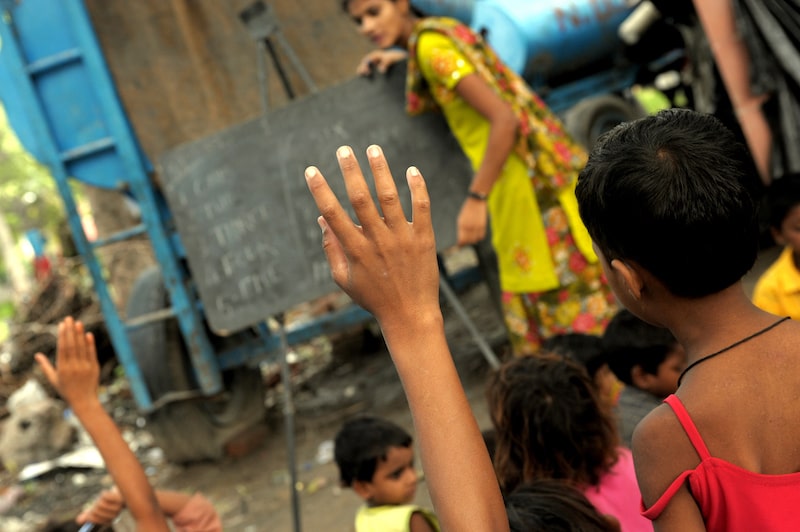
Resources on Parenting in the Time of Covid-19
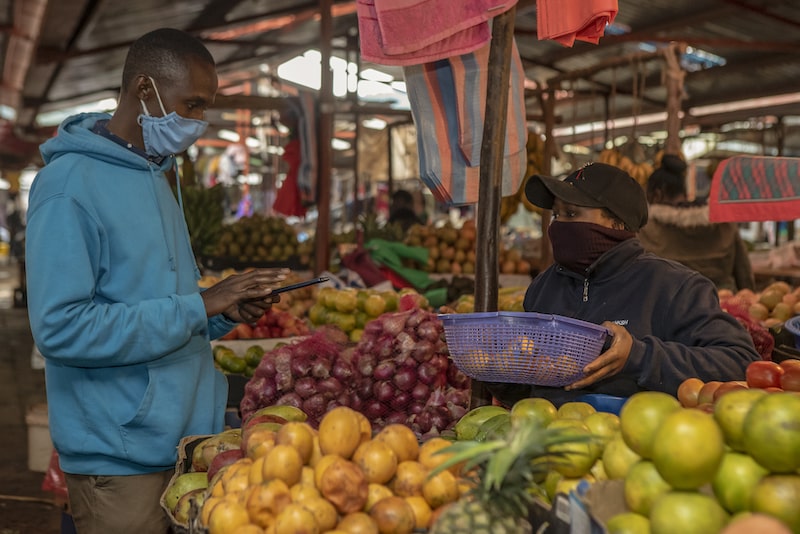
Covid-19 and Ending VAWG
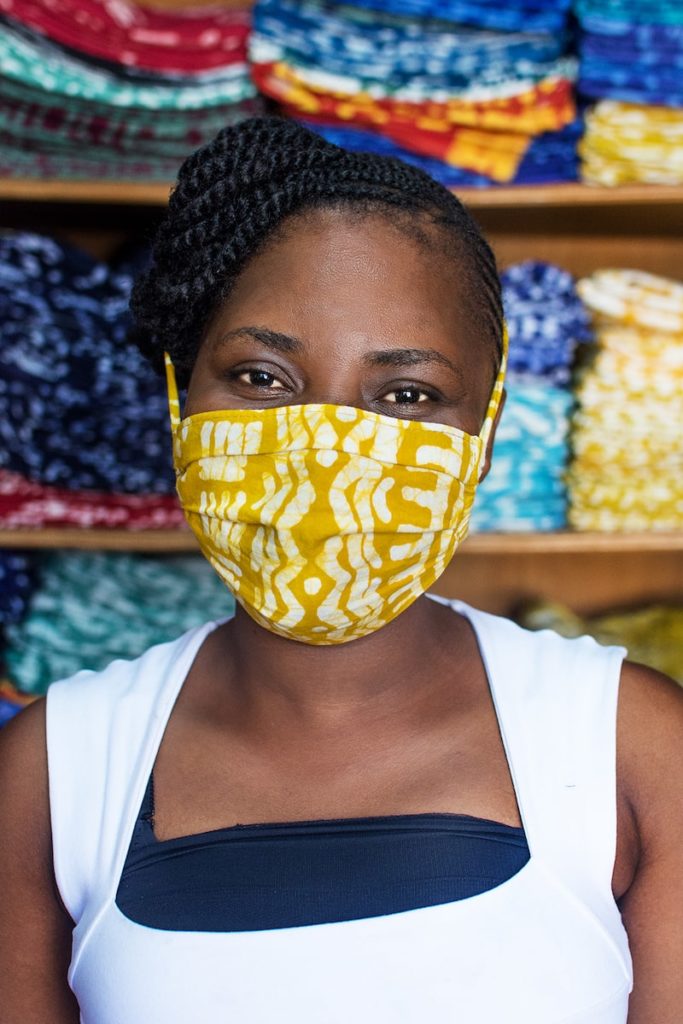
How Can VAW Programmes Adapt?
